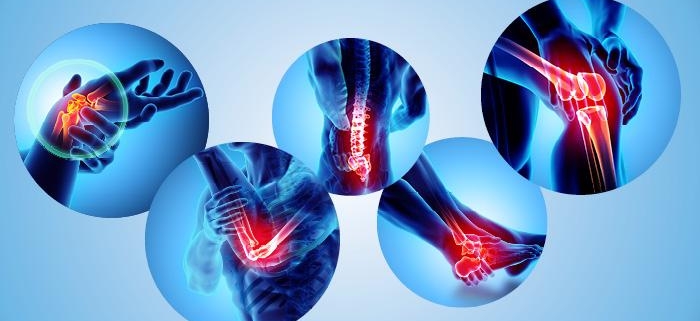
Pain Management Medications
Overview
Pain management medications are often vital tools in the treatment of conditions causing acute or chronic pain. They serve to ease the discomfort and improve the quality of life for millions of patients worldwide. These medications include various types ranging from over-the-counter drugs to potent prescription medications, depending on the severity and type of pain.
Types of Pain Management Medications
Pain management medications can be grouped into several key categories based on their function and effect.
-
- Nonsteroidal Anti-Inflammatory Drugs (NSAIDs): These are often used for mild to moderate pain and include medications like ibuprofen and naproxen.
-
- Acetaminophen: Commonly known as Tylenol, it is often used for minor aches and pain.
-
- Opioids: These are used for severe pain and require a prescription. They include medications like morphine, hydrocodone, and oxycodone.
-
- Adjuvant analgesics: These are drugs that were initially used for other conditions like depression or epilepsy but may also help manage certain types of pain.
Causes for Requiring Pain Management Medications
The need for pain management medications may arise from a variety of health conditions including, but not limited to:
-
- Injuries such as fractures, sprains or strains
-
- Chronic conditions like arthritis, fibromyalgia, or multiple sclerosis
-
- Surgery recovery
-
- Pain as a symptom of diseases like cancer
-
- Migraines and other types of headaches
Symptoms Necessitating Pain Management Medications
Symptoms that may necessitate the use of pain management medications span a broad range and depend on the underlying cause. Nevertheless, common signs of pain that patients might experience include:
-
- Sharp, dull, throbbing, or burning sensations
-
- Persistent or intermittent discomfort
-
- Pain localized in a specific area or spreading over a broad region
Diagnosis
Your healthcare provider will diagnose your pain based on your description, location, intensity, duration, and what triggers or alleviates it. Along with a thorough physical examination, medical history, and potentially diagnostic tests like imaging studies or lab tests will determine the appropriate pain management regimen.
Treatment Options
Treatment options for managing pain depend on the severity and type of pain, as well as the patient’s overall health status. Your healthcare provider might recommend one or more of the following treatments
-
- Over-the-counter pain relievers: For mild to moderate pain
-
- Prescription pain medication: Used for more severe pain or chronic pain conditions
-
- Physical therapy: Beneficial for musculoskeletal pain
In addition to medication, lifestyle changes such as maintaining a healthy weight, getting regular physical activity, and using heat or cold therapy can help manage pain.
Living With Pain Management Medications
While pain management medication provides relief, improper use can lead to addiction, side effects, or decreased effectiveness. Follow your provider’s directions closely and update them regularly on your progress or any side effects. It’s also vital to:
-
- Understand your medication: Know their purpose, how to take them, potential side effects, and what to do in the event of a missed dose.
-
- Maintain regular medical appointments: Regular check-ins with your healthcare provider can help monitor your condition effectively.
-
- Engage in self-care: Exercising, maintaining a balanced diet, and getting enough rest can all contribute to better pain management.
When to Seek Help
Consult your healthcare provider if you experience the following:
-
- Pain that doesn’t improve with time
-
- Pain that worsens
-
- Side effects from the medication
-
- New symptoms not previously discussed with your provider
Remember, effective pain management is possible, but it requires open and continuous communication between you and your healthcare provider. With medical guidance and careful adherence to instructions, you can control your pain and improve your quality of life.
